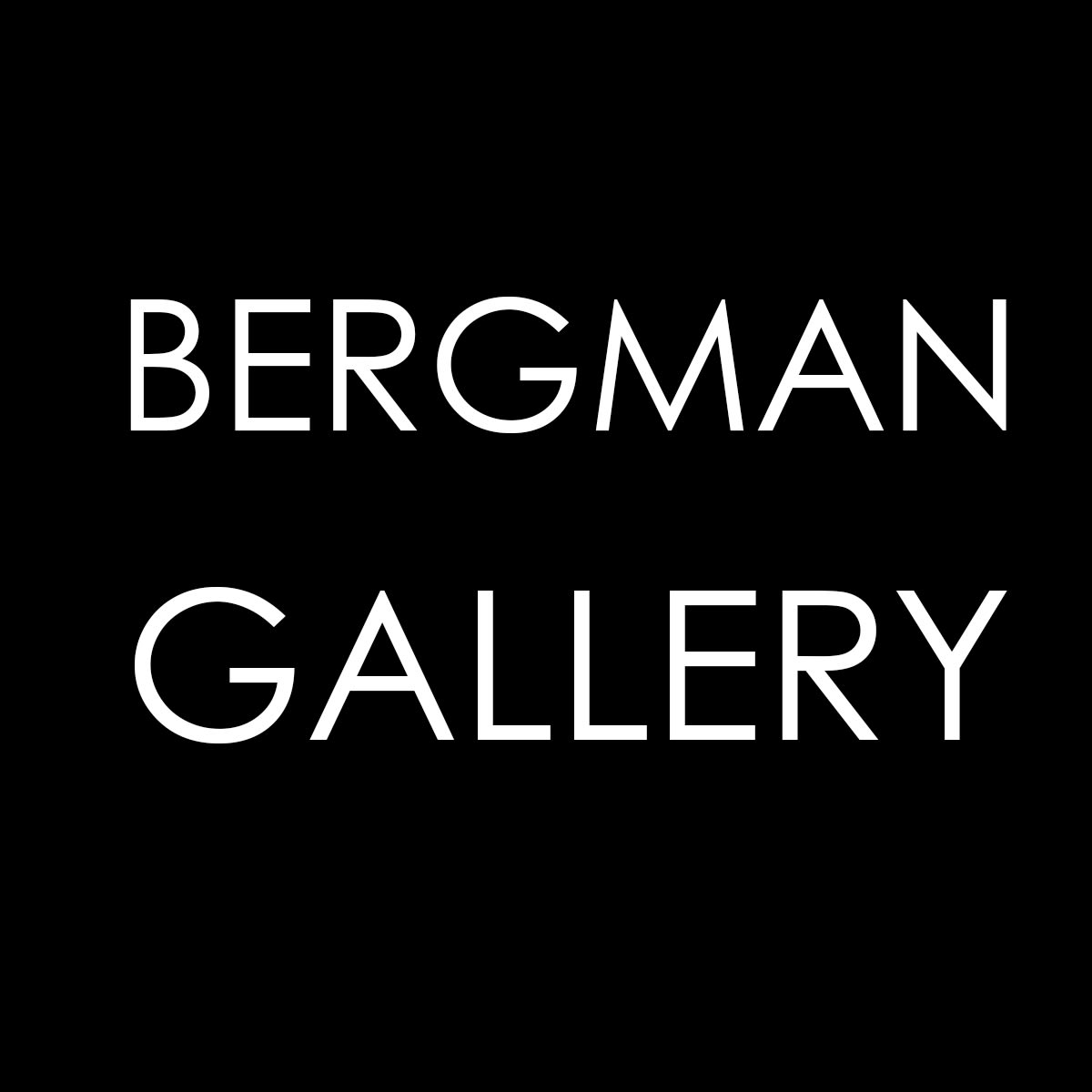There are definite challenges to working with glitter. Artist Reuben Paterson has long since accepted that the minute shiny particles will be found everywhere in his New Zealand studio. Like the product he works with, Paterson’s career is a glittering one. From his first solo exhibition in 2001, his work has made its way from galleries and collections in New Zealand and Australia, to Rarotonga, where it has found an unlikely home beside tivaivai, the exquisitely stitched quilting that is uniquely Cook Islands.
The connection between thousands of pieces of glitter and thousands of delicate stitches is not an obvious one – a truly traditional art form and one that is blatantly contemporary. It is there though, like the close relationship between the two countries themselves, recognised by Ben Bergman, owner of Bergman Gallery, Rarotonga.“They are radically different mediums,” says Bergman. “It’s the conceptual elements that bind them – the themes they articulate are similar.”
The idea of a pairing of Pacific artists, a pairing of culture and forms, had been discussed by Bergman many times with colleague, John McCormack, Director of STARKWHITE Gallery in Auckland. It was a given that tivaivai would be one of these forms.
Bergman has a long relationship with Broadbent, as comes with living in a small Pacific nation. Born in Australia in 1970, Bergman moved to Rarotonga in 1976, where Broadbent was one of his primary school teachers. Her stunning tivaivai has featured in his gallery many times, as well as in exhibitions across the globe.
As a young girl on her home island of Mangaia, Broadbent always saw women making tivaivai. It was what they did – stitching tivaivai for special occasions and for the tutaka, home and property inspections. “I just knew how to make tivaivai from watching,” says Broadbent, who at the age of 77 years has been cutting and stitching tivaivai, and exhibiting her work, for close to 50 years.
Bergman had been convinced by the vitality of Paterson’s work when he first saw it in Auckland in 2003, and during Paterson’s time as Artist in Residence at his gallery in 2010. And both Broadbent and Paterson are well established artists in their own right, each included as part of the 6th Asia-Pacific Triennial of Contemporary Art at the Gallery of Modern Art, Brisbane in 2009/10.
Skype brought the two artists together. Paterson was immediately taken by the colours in the purple and green dress Broadbent was wearing. He asked her to make a tivaivai in these same colours, and it became one of four that she included in their shared exhibition ‘Today, Tomorrow & Yesterday’ held at Bergman Gallery in 2017.
Paterson’s extravagant glittering botanical works were a response to Broadbent’s use of colour and the botanics of the islands, taking him back to when he painted kowhaiwhai in non-traditional colours in 2010 after his father’s death, and his descent lines to Ngati Rangitihi, Ngāi Tūhoe and Tūhourangi. “Those same descent lines will always make me think of The Garden of Seven Stones in Ngatangiia Harbour (Rarotonga) – those descent lines and connections can all be traced back to here because it’s all a part of the whakapapa,” says Paterson.
For Bergman, the ultimate aim has always been to place Pacific art in an international context – to be recognised as contemporary art form in its own right. The pairing of Paterson and Broadbent is the first of many, followed closely by an exhibition of Benjamin Work and Andy Leleisi’uao and a return to the Auckland Art Fair in 2018 to showcase Andy Leleisi’uao alongside Sylvia Marsters.
“As a region the South Pacific has so much in common – and so much to offer.”



